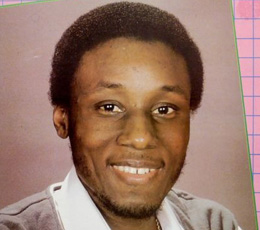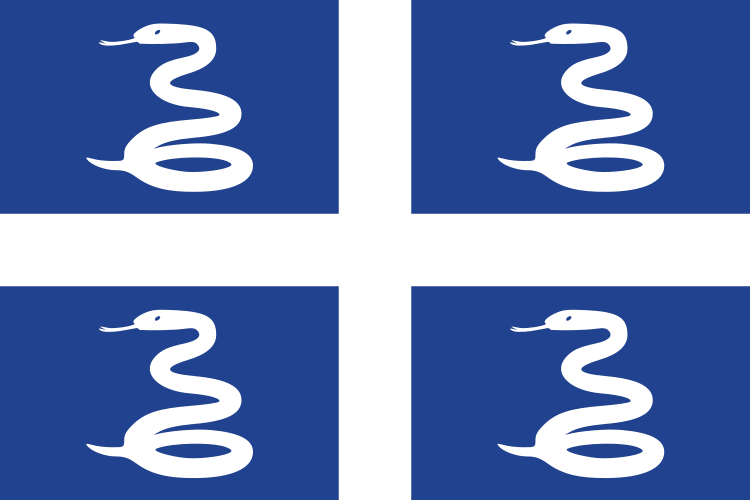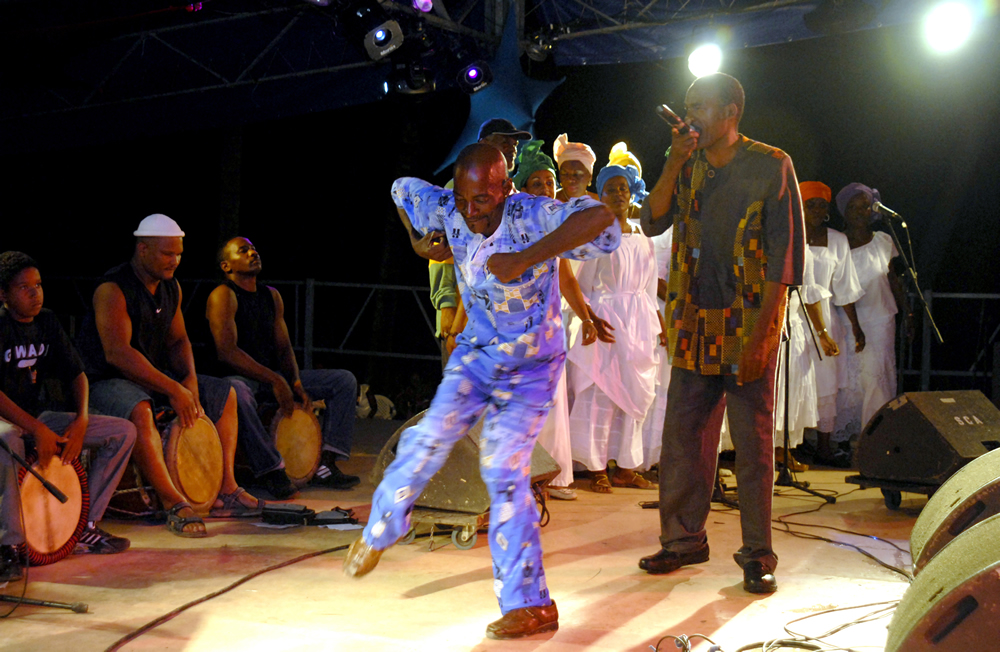Creolization of Music in French Speaking Countries
Haiti
It is so humbling to see how countries adapt traditions,
cultures and much more from countries that once colonized them, or they became
familiar with and make it their own. Not in a way that they are not original,
but in a way that, they show appreciation to where they came from and what made
them, rather than them completely cutting it out of their culture. I see it as
owning their heritage and making lemonade out of the lemons. Although Britannica
defines contredanse to just be a genre of dance for several couples, it became creolized
to meringue, which is prevalent in Haiti. Ganglehoff & LeGrand writes that
Meringue was popular all over Haiti, including all socioeconomic classes (2020).
Meringue,
or used interchangeably with mereng in Creole and méringue in French, is a form
of art that many Haitians hold dear. Drawing from African roots, meringue is a
tradition that utilizes a syncopated five-beat pattern. Through the infusion of
African-influenced movements and rhythms into traditionally French and English
styles of dance, Affranchis found themselves able to enjoy the fruits of their
African heritage without noting the scars that helped make those fruits become
beautiful ("Meringue | Haitian Music", n.d.). In modern times,
meringue and mereng dance is still very much alive and well. In the spirit of
the art form, most musicians try to remain anonymous, and their performances
are generally labeled as “traditional Creole music.” Ti zwaso, is an old piece
written by a poet named Oswald Durand and was popularized by famous Calypso
musician Harry Belafonte who went by the name Little Bird.
Antoine Rossini Jean-Baptiste, known as pseudonym Ti
Manno. A prominent meringue musician.
This video is a depiction of how meringue is performed
in Haiti. It is nice to see the evolvement of traditions and how Haiti created
their own language, country, music and culture. It is such a pleasure watching
the dancers dancing with such grace and elegance with nice smiles.
↔
Martinique
Bélé is not only a folk
dance, but also music in Martinique. Ganglehoff & LeGrand makes note that bélé
music was associated with the rural areas in Martinique and the dance was African
influenced (2020). It may be the oldest Creole dance of the creole French West
Indian Islands, that strongly reflects influences from African fertility
dances. It is performed most during full moon evenings, or sometimes during
funeral wakes. This dance is also popular in Saint Lucia. In Tobago, it is
thought to have been performed by women of the planter class at social events
in the planters' great houses, and the dress and dance style was copied by the
enslaved people who worked in or around these houses ("Bélé - Wikipedia", n.d.).
This video is a demonstration on how bélé is performed.
This dance and music are fast beats infused with different drums used. They
share so much love for what they do, you can witness the persons performing in
the rain. You can also appreciate the elders who are clinging onto their
cultures and still wanting to perform.
↔
Guadeloupe
Gwo ka is a French creole term for big drum ("Gwo ka - Wikipedia", n.d.). Referring to both a family of hand drums and the music played with them, which is a major part of Guadeloupean folk music. Gwoka is practices amongst all ethnic and religious groups of Guadeloupean society. Comprising of responsorial singing in Guadeloupean Creole and rhythms played on the Ka drums with dancing. In its traditional form, Gwoka unites three areas of expression and emphasizes individual qualities of improvisation. The participants and public form a circle in which dancers and soloists enter in turn and perform, facing the drums. The public claps and takes up the chorus from the soloist. Several thousand people regularly practiced Gwoka at open-air Gwoka evenings, where the dance circle functions as a place to develop individual talents ("UNESCO - Gwoka: music, song, dance and cultural practice representative of Guadeloupean identity", n.d.)
About Us | Haitian Music. Haitian Music. Retrieved from https://www.haitianmusic.net/about-us/.
Bélé - Wikipedia. En.wikipedia.org. Retrieved from https://en.wikipedia.org/wiki/B%C3%A9l%C3%A9.
Contredanse | European dance. Encyclopedia Britannica. Retrieved from https://www.britannica.com/art/contredanse.
Démonstration Kalennda - Bèlè. (2020). [Video]. Martinique.
Gangelhoff, C., & Legrand, C. (2020). Tour de force: A Musical Journey of the Caribbean. Sound Caribbean.
Gwo ka - Wikipedia. En.wikipedia.org. Retrieved from https://en.wikipedia.org/wiki/Gwo_ka.
Le gwoka : musique, chants et danses représentatifs de l’identité guadeloupéenne. (2014). [Video].
Merengue Haitian, Havana, 2012. (2012). [Video]. Haiti.
UNESCO - Gwoka: music, song, dance and cultural practice representative of Guadeloupean identity. Ich.unesco.org. Retrieved from https://ich.unesco.org/en/RL/gwoka-music-song-dance-and-cultural-practice-representative-of-guadeloupean-identity-00991.



Comments
Post a Comment